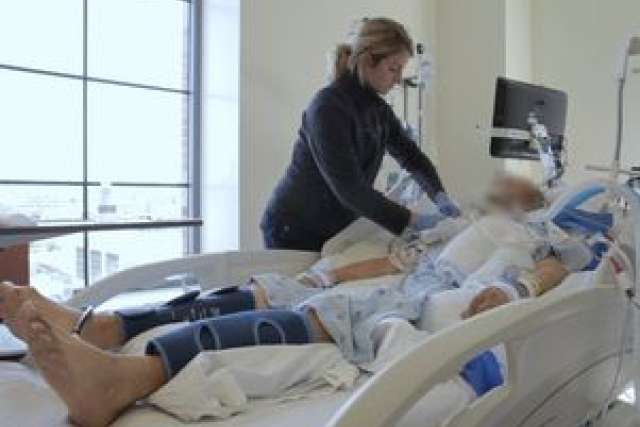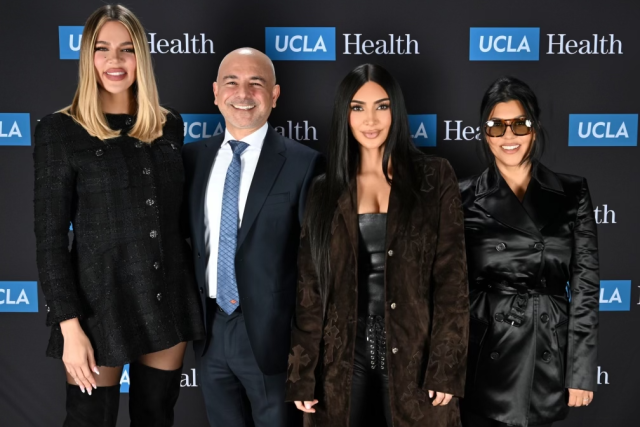When doctors and state-of-the-art medicine can no longer halt the advance of a life-threatening illness and death is imminent, patients at UCLA Health - Santa Monica Medical Center and Ronald Reagan UCLA Medical Center can take comfort in one fact: Even if their relatives and friends cannot be at their bedside, they will not have to die alone.
Hospital volunteers in a program called No One Dies Alone are dedicated to giving comfort and keeping vigil with patients who have no one else to stay with them through the dying process.
“It’s wonderful that we can give our patients a little source of comfort, knowing that they are not alone,” says Elaine Eastwood, manager of volunteer services at UCLA Health - Santa Monica Medical Center, where the program was launched two years ago. “It can also provide relief for nursing staff and for patients’ family members who spend a substantial amount of time at the bedside, but maybe need to take a break.”
Marilyn Judson, a volunteer with No One Dies Alone (NODA), considers it a privilege to be able to spend time with people who are dying.
“It’s eye-opening to be with someone as they approach the end of their life. It just stops you short and helps you appreciate life,” says Judson, who brings her dog, Frank, along on her visits to give comfort if patients want it.
But, understandably, volunteers who keep vigil with the terminally ill sometimes find it stressful, yet worthwhile. “It’s exhausting — and it’s worth every bit of recovery that I need,” Judson said. “It’s at once heartbreaking and soul-filling.”
Organizers and volunteers of the No One Dies Alone program
The passion and dedication that volunteers bring to this form of service are key components of the program’s success, Eastwood said. All volunteers go through rigorous training to understand death and the dying process and to learn how to be present with a patient.
They sit at a patient’s bedside and provide compassionate, nonjudgmental support and companionship as the individual is nearing death. Depending on the patient’s wishes, volunteers can hold his or her hand, sing, read and meditate or pray with them. NODA-trained volunteers who are part of the UCLA People-Animal Connection program sometimes bring their dogs on vigils.
Started in 2001 in Eugene, Oregon, the No One Dies Alone program has taken root and been adapted at hospitals, hospices and care facilities across the country. In 2014, UCLA’s departments of palliative care, spiritual care, social work and volunteer services worked together to create the program at UCLA Health - Santa Monica Medical Center. A few months ago, a pilot program started at Reagan UCLA Medical Center.
Since it was launched two years ago, the program’s collaborative origins have served as the foundation for its growth.
“The program’s collaborative elements have been the driving force behind getting NODA off the ground and maintaining its momentum,” says Jeannie Meyer, clinical nurse specialist for palliative care at UCLA Health - Santa Monica Medical Center. “We are an example of the innovation that happens when departments team up and work together.”
The program has received overwhelming response from volunteers who want to participate, says Carey McCarthy, director of volunteer services.
Because doctors cannot constantly be at the bedside of dying patients, said Dr. Ravi Aysola, an associate clinical professor and physician in pulmonary critical care, “It’s the volunteers who become our voice, our touch and our humanity.”



